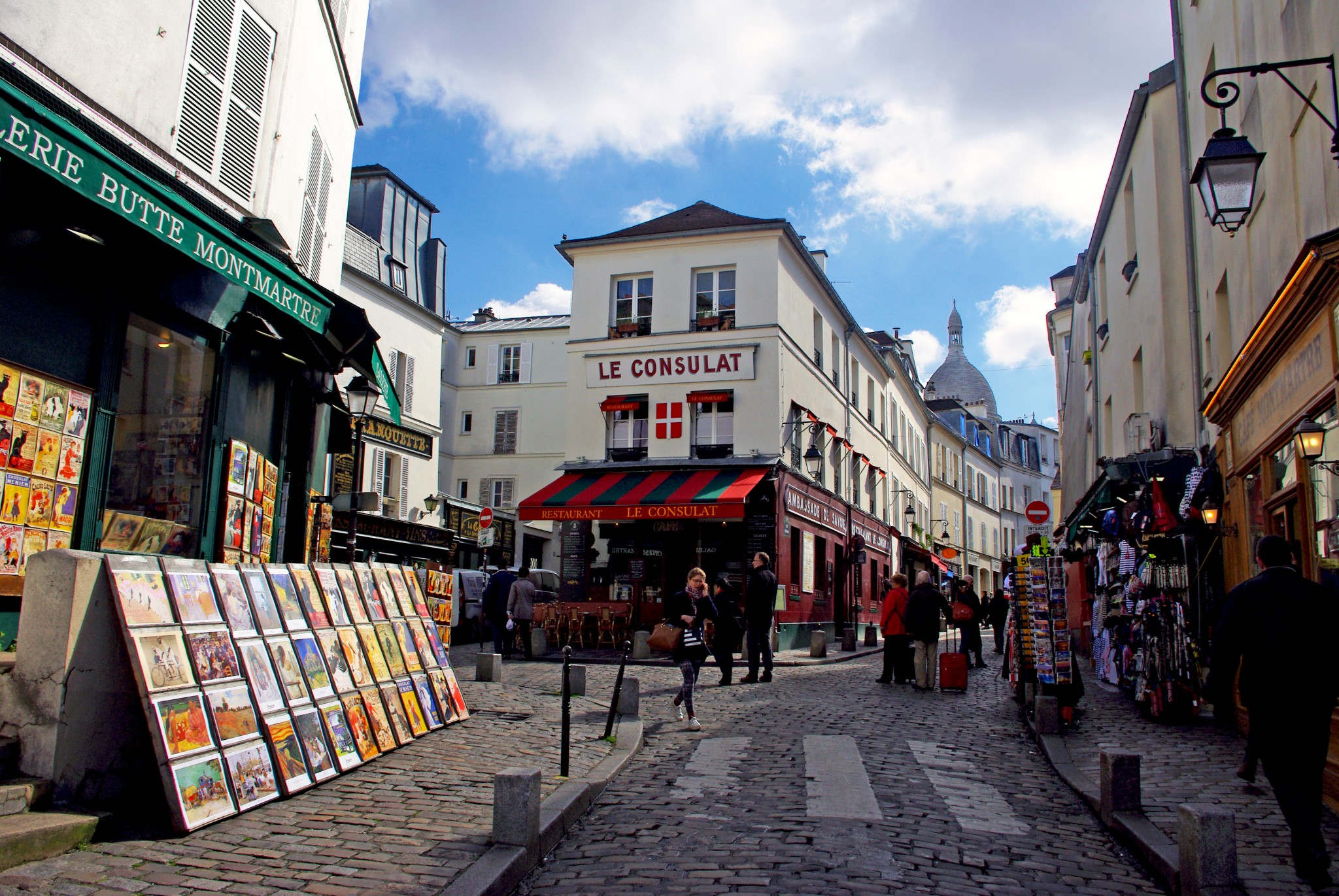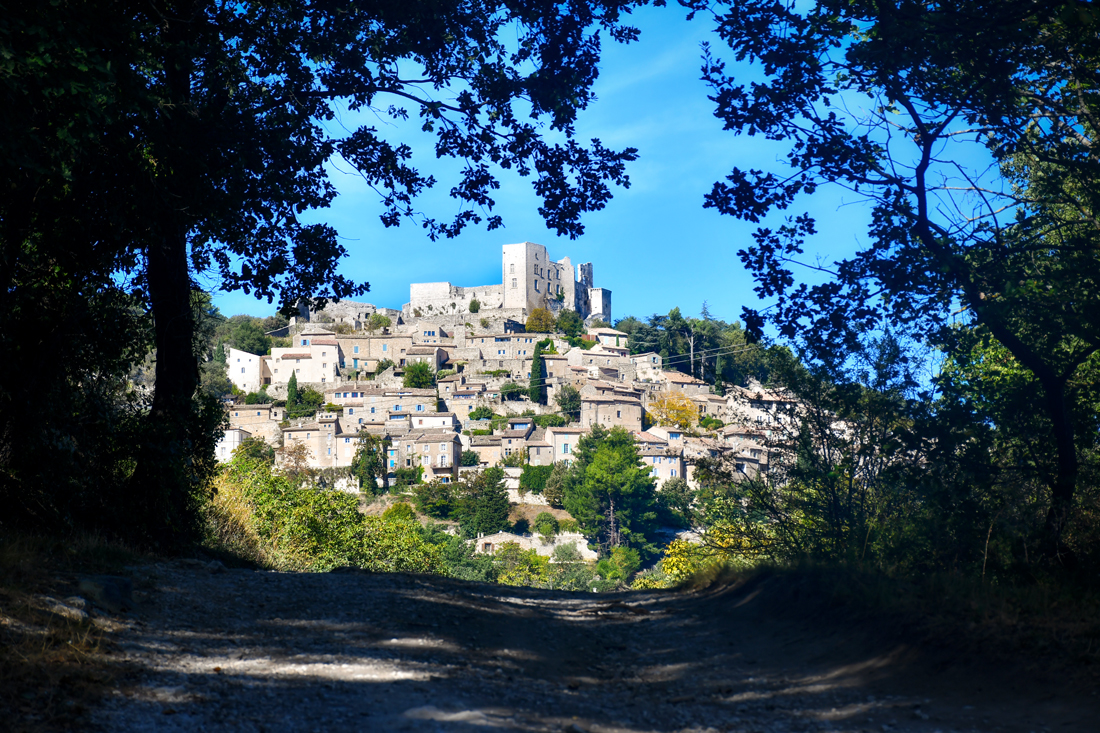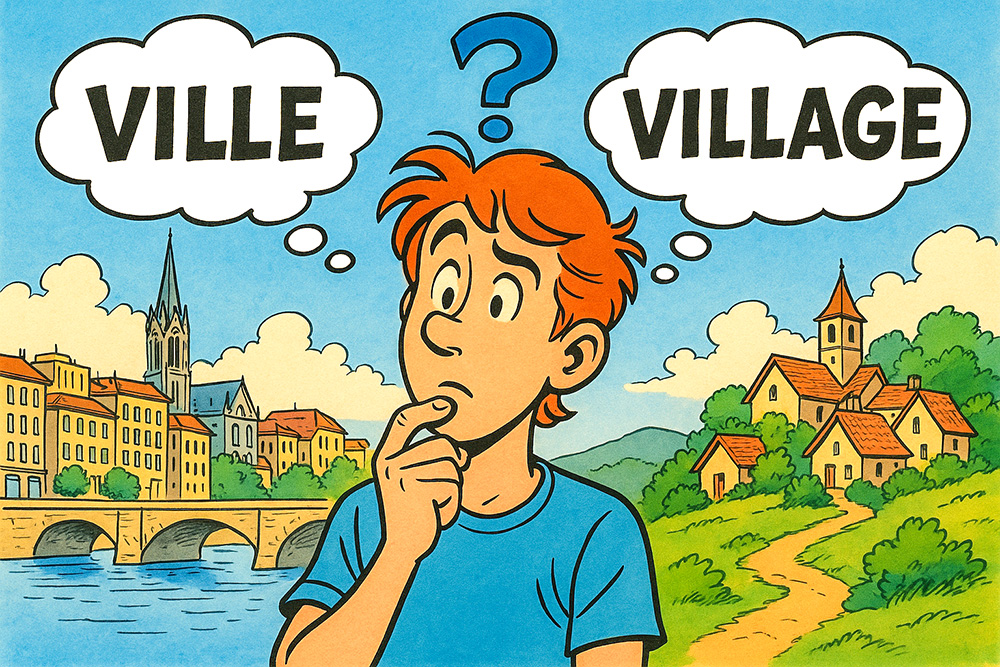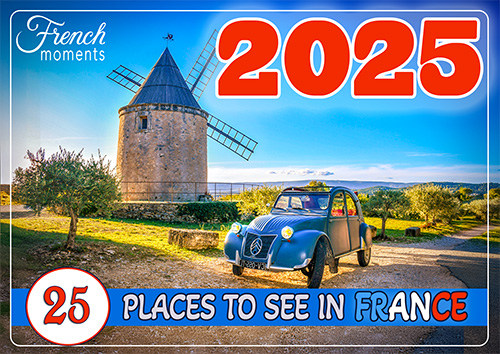Bonjour!
If you’re planning a trip to France — whether to explore pretty hilltop towns or get lost in the backstreets of Paris — you’ll soon come across the words village and ville.
They look familiar, don’t they? But wait — are they just village and city in English?
Well… yes.
But also no.
Not quite. Not always.
This is one of those charming (and mildly confusing) French word pairs that don’t line up perfectly with English. And as a traveller, it helps to understand the nuance — especially when you’re reading guidebooks, booking hotels, or trying to describe that place you fell in love with last summer.
As a French teacher, I’ve noticed this little linguistic disconnect more than once. When I talk to my American or Australian students about the beautiful villages of France — places like Riquewihr, Gordes or Talloires — I often see puzzled expressions.
“Wait,” they ask, “aren’t those towns?”

Gordes in Provence © French Moments
It took me a while to realise where the misunderstanding came from. In English — especially American English — the word village doesn’t always conjure the same image as it does in French. That’s when I understood: we were speaking the same word… but not the same language.
So let’s unpack it all, one cobblestoned concept at a time.
1. 🇫🇷 What’s a village in French?
In French, un village means a small rural settlement — usually with less than 2,000 people.
Think old stone houses, a little church, a town square, a café, maybe a boulangerie (if you're lucky), and a general air of peacefulness.
It’s the kind of place where you hear birds in the morning and everyone knows everyone else. Pure French countryside charm.
✅ French: “On a visité un charmant village en Provence.”
✅ English: “We visited a lovely little town in Provence.”
Or: “a picturesque village” — depending on the vibe you want to convey.
But here’s the catch...
In American English especially, village can sound… quaint. Exotic. Even fictional.
- “We stayed in a medieval village in the Loire Valley.” ✔️
- “We got coffee in a village just outside the centre of Lyon.” ❓ Hmm… are you sure?
In everyday speech, Americans (and often Brits too) tend to say small town rather than village — unless they’re going for a romantic or historical feel. So even if a place is officially a village in French, English speakers might naturally call it a town.
📝 Travel tip: In French, use un village when you want to evoke charm, tradition, or countryside beauty — the kind of place with cobbled lanes and a sleepy church bell. Say une petite ville (a small town) when it feels a bit more urban, with more services, traffic, and a modern atmosphere — even if it’s not very big.

Rocamadour, the suspended Holy City! © French Moments
2. 🇫🇷 What’s a ville?
Now here’s where things get more confusing.
In French, une ville is any urban area. It could be:
- une petite ville = a small town (Vendôme)
- une ville moyenne = a mid-sized town (Colmar)
- une grande ville = a big city (Lyon)
In other words, ville is a catch-all word for all sizes of urban settlements.

Ville or Village? Here's the "petite ville" of Vendôme © French Moments
But in English, we usually distinguish between town and city. And that distinction varies:
- In British English, a city is often defined by its cathedral status or historical charter (like Ely or Chichester).
- In American English, a city can be any incorporated municipality — sometimes with just a few thousand people!
- In Australian English, it varies by state, but city usually implies a larger centre too.
So translating ville isn’t automatic.
✅ French: “Colmar est une ville très touristique.”
✅ English: “Colmar is a very popular town.”
(Calling it a city might make it sound bigger and more modern than it actually is.)
3. ☕ What about “village” in American cities?
Now for a fun twist.
In American English, especially in large cities, village can also refer to a neighbourhood within a city — often one that feels cool, walkable, and stylish.
🗽 Greenwich Village in New York is a perfect example.
It’s not a village in the French sense. It’s a bohemian, urban neighbourhood full of history, cafés, jazz clubs, and a certain artsy flair.
So when an American hears “a village”, they might imagine:
A hip urban district
A trendy area with boutiques and brunch spots
Not necessarily a rural hamlet in the countryside
📝 Translation tip:
French: “Nous avons visité un petit village près de Bordeaux.”
English: “We visited a small town near Bordeaux.” (Not a “village”, unless you want them imagining avocado toast and vintage bookstores!)
4. 🏘️ The “villages” of Paris
Here’s where things get beautifully Parisian.
If you’ve explored Paris a bit — beyond the Eiffel Tower and Champs-Élysées — you may have stumbled upon areas called villages: the village of Montmartre, the village de Charonne, or even the village de Passy.

Montmartre, Eighteenth arrondissement of Paris © French Moments
And yes, they really do feel like villages — winding streets, ivy-covered walls, small shops, a slower rhythm.
So what’s going on?
🕰️ History time:
Before 1860, these were actual villages located outside the city walls of Paris. Independent communes. Rural communities perched on hills or nestled in vineyards.
Then, during the great expansion of Paris under Napoleon III and Baron Haussmann, the city swallowed them up. Twenty new arrondissements were created, and Paris grew to its current size. But these former villages never lost their identity.
To this day, places like:
Montmartre (18th arrondissement)
Ménilmontant (20th)
Belleville (19th/20th)
Charonne (20th)
Butte-aux-Cailles (13th)
…still retain that “village feel”.
They’re not just poetic names — they’re reminders of a time when Paris really was surrounded by sleepy villages, vineyards and windmills.
🎨 Artists like Van Gogh, Picasso, Modigliani and Utrillo were drawn to these places. And even now, they offer an escape from the busier, more formal parts of the capital.
5. 🧭 From commune to métropole: How France classifies settlements
Let’s zoom out and look at how France officially organises its places:

Even Paris is a commune, technically speaking. Yes, really!
So when French people talk about their commune, they’re not necessarily living in a rural place. It’s just the legal term.
6. 🧺 “Le village”, a French cultural icon
In France, le village is more than a place — it’s an idea. A symbol. A way of life. It evokes:
Roots and identity
Simplicity and tradition
Slower rhythms and human-scale living

Lacoste, one of the most beautiful villages of the Luberon © French Moments
Even in politics or advertising, le village français is often used to represent “authentic France”, “real people”, or “our heritage”. You’ll find books and TV shows celebrating la vie de village. There’s a kind of romantic nostalgia attached to it.
🛖 And who could forget the legendary village gaulois of Asterix and Obelix? A proud, stubborn little place resisting change (and Romans).
So when a French person talks about mon village, they’re speaking from the heart. It’s not just geography — it’s emotion.
🇫🇷 How to use village and ville wisely as a traveller
Don’t worry — no one’s going to throw you out of a boulangerie for calling a ville a city.
But if you want to sound natural and confident when describing the places you visit, here’s your cheat sheet:
✅ Say “village” in English when:
- The place is rural, charming, and tiny
- You want to emphasise history, character or beauty
- You’re talking about a former village in Paris (the village of Montmartre)
✅ Say “small town” when:
- You’re not sure “village” fits
- The place feels a bit more modern or populated
- You want to avoid sounding too storybook
✅ Say “city” only if:
- The place is large and urban
- It’s a capital or major hub (Paris, Lyon, Marseille, etc.)
And whatever you call it — take time to explore both the villes and the villages of France. They all have their charm.
Some surprise you with their beauty. Others with their food.
And a few might just steal your heart completely.
👋 A final word from the author
If you read other articles on my blog, you might notice something: I often choose to translate un village as “a village” — even though, strictly speaking, “small town” might sound more natural to American ears.
Why?
Because I want to keep the French sense of the word — that special mix of history, simplicity, and charm that villageconveys here.
When I write about Riquewihr, Gordes or Talloires, I don’t just see a dot on a map. I see a place where time slows down, where the streets tell stories, and where baguettes are still carried under the arm.
So yes — I could’ve gone with small town. But village, in the French sense, just felt right. Voilà!

The village of Granier © French Moments



